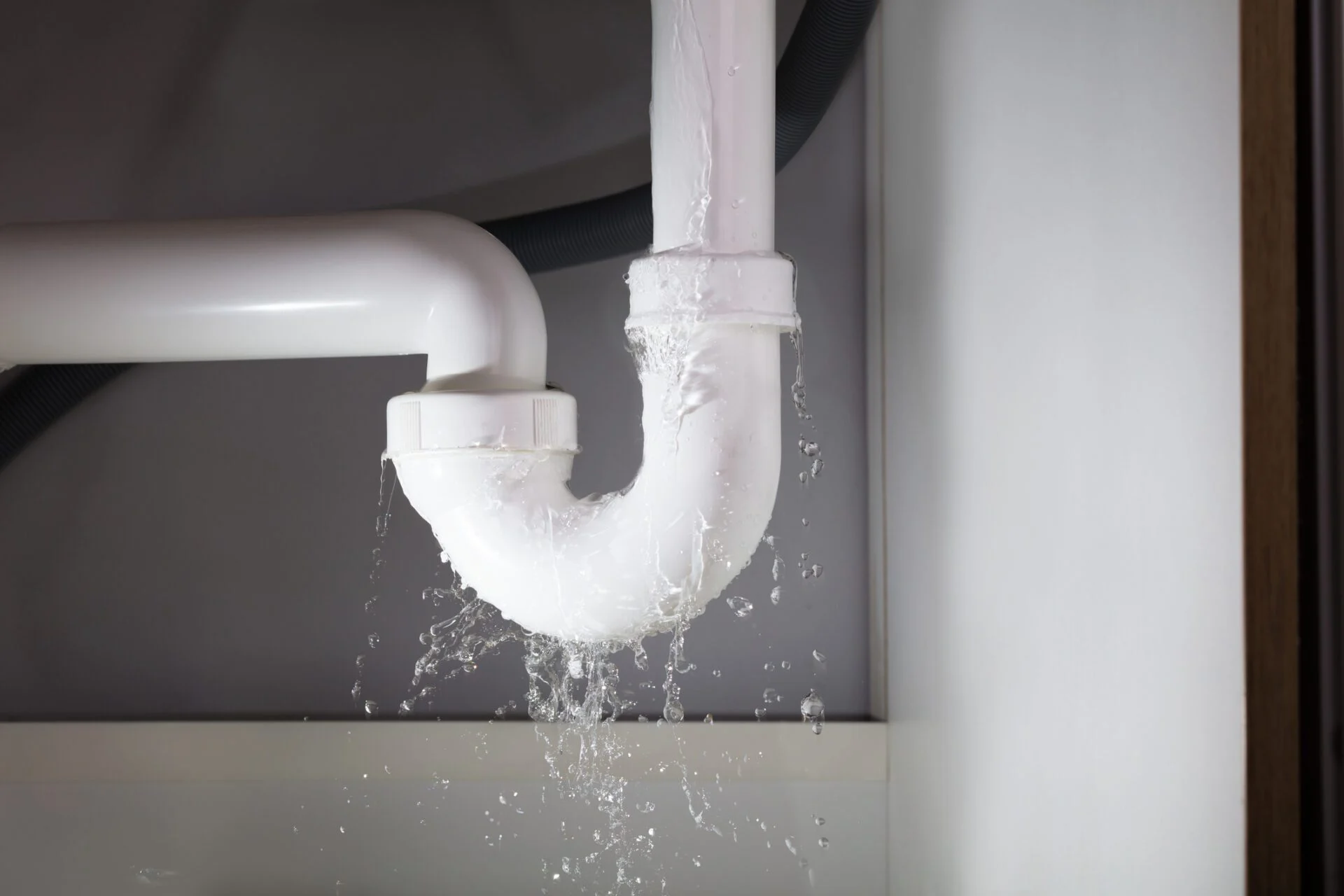When constructing a new home or updating your existing plumbing, one of the key considerations is water hammer prevention in new plumbing. This often overlooked issue can cause significant damage if not addressed properly. In this article, we will explore what water hammer is, why it occurs, and most importantly, how you can prevent it in new plumbing systems.

Understanding Water Hammer
Water hammer is a term used to describe the loud banging noise that occurs in plumbing pipes. This happens when water flow is suddenly stopped, causing a shockwave that rattles the pipes. Its not just a nuisance; it can lead to pipe damage and leaks if ignored.
What Causes Water Hammer?
The primary cause of water hammer is the abrupt stoppage of water moving through a pipe. This could be due to quick-closing valves, such as those found in dishwashers or washing machines, which suddenly halt the flow of water. This sudden stop creates a pressure surge, resulting in the characteristic banging sound.
Why Is Water Hammer Prevention Important?
Preventing water hammer is crucial for maintaining the integrity of your plumbing system. Persistent water hammer can lead to pipe fatigue, leaks, and even bursts, which can be costly to repair. Moreover, it can disturb the peace and quiet of your home environment.
Long-term Benefits
Investing in water hammer prevention during the initial installation of your plumbing system can save you from future headaches and expenses. By ensuring your plumbing is equipped to handle sudden changes in water flow, you protect your home from potential damage.
Strategies for Water Hammer Prevention in New Plumbing
When planning your new plumbing system, there are several strategies you can adopt to prevent water hammer effectively:
1. Install Water Hammer Arrestors
A water hammer arrestor is a device that absorbs the shockwave generated by sudden water stoppage. Its a simple yet effective solution that can be installed at various points in your plumbing system, particularly near appliances with quick-closing valves. For more on proper installation techniques, visit this guide.
2. Use Air Chambers
Another common method is to use air chambers, which are simple vertical pipes attached to the main water line. These chambers provide a cushion for the water, absorbing the sudden jolt and preventing the banging noise.
3. Ensure Proper Pipe Size
Choosing the correct pipe size during installation is vital. Pipes that are too small may increase water velocity, contributing to water hammer. Ensuring pipes are properly sized for the water flow can significantly reduce the risk.
Innovative Plumbing Techniques
Modern plumbing systems often incorporate innovative techniques that inherently reduce the risk of water hammer. For instance, installing flexible hoses instead of rigid pipes can help in absorbing unexpected pressure changes.
4. Upgrade to Modern Valves
Consider upgrading to modern, slower-closing valves that reduce the speed at which water stops flowing. These valves are designed to minimize the risk of water hammer by providing a more gradual halt to water flow.
Regular Maintenance Tips
Maintenance plays a vital role in preventing water hammer. Regular inspections can help identify potential issues early. For more maintenance tips, check out this article.
5. Check for Loose Pipes
Ensure all pipes are securely fastened. Loose pipes can exacerbate the effects of water hammer, so regular checks and securing any loose pipes can help mitigate the issue.
6. Monitor Water Pressure
High water pressure can increase the likelihood of water hammer. Installing a pressure regulator can help maintain optimal water pressure, thus preventing the problem. You can learn more about pressure management here.

FAQs About Water Hammer Prevention
What is the best device for preventing water hammer?
A water hammer arrestor is often considered the best device for preventing water hammer. It effectively absorbs the shockwave and can be installed near problem areas in the plumbing system.
Can water hammer damage my plumbing?
Yes, persistent water hammer can cause significant damage to plumbing over time, including leaks and pipe bursts. Early prevention is key to avoiding costly repairs.
How can I tell if my home is at risk for water hammer?
Signs that your home may be at risk include loud banging noises when water appliances shut off, loose pipes, and high water pressure. Regular inspections can help identify these issues early.
In conclusion, addressing water hammer prevention in new plumbing is essential for protecting your homes plumbing system. By implementing effective strategies and maintaining your system regularly, you can enjoy a quiet and efficiently running plumbing system. For additional guidance on eco-friendly options and installation tips, explore eco-friendly plumbing.
This article contains affiliate links. We may earn a commission at no extra cost to you.




